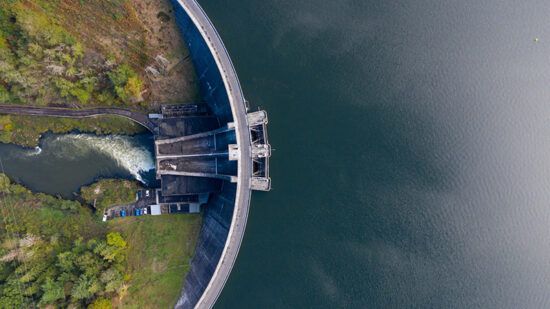Foreign direct investment (FDI) into Europe has fallen for the first time since 2020, according to Ernst & Young.
The firm’s 23rd EY Europe Attractiveness Survey suggested a 4% decline in projects could be attributed to multiple factors, including slow economic growth, spiralling inflation, soaring energy prices and a febrile geopolitical environment.
“Foreign investment in Europe fell for the first time since 2020,” the report noted. “Economic and geopolitical tensions greater than ever have pushed companies to streamline their operations, relocate their supply chains, but also invest in innovation.
Nevertheless, the survey indicated that Europe remained an attractive destination in the long term despite “clear risks on the horizon”, including increased regulatory burden and red tape, energy prices and supply issues, and political instability in a multi-election year. “Urgent action”, it added, was needed in these areas to address investors’ concerns and ensure Europe’s future attractiveness
According to Ernst & Young, France secured the most investment despite a 5% annual decline in the number of projects. The UK ranked second, with the number of projects jumping 6%. Germany came third, after a 12% fall in investment.
Outside of the largest economies, the firm highlighted that several countries in Southern and Eastern Europe had benefitted significantly from businesses reorganising supply chains and reshoring production activities. The number of manufacturing projects decreased across the continent but increased in Spain (+7%), Turkey (+12%), Poland (+17%) and Italy (+18%). Investment grew even more in Serbia (+30%) and the Czech Republic and Hungary (both up 70%).
Impact of war
It also noted Russia’s war in Ukraine continued to impact investment in markets bordering both of those countries, including Romania (-13%), Finland (-32%) and the Baltic countries such as Latvia (-31%) and Lithuania (-40%). Despite its proximity to Ukraine, however, investment surged in Hungary due to a recovery in the number of projects in the transport sector.
Elsewhere, Fidelity International has questioned whether the current climate is a good one for investing in Europe. An article published this week argued Europe was showing “good signs of recovery” but has faced challenges in recent years. It added, however: “Europe is breaking free. Inflation fell to 2.4% at the end of March. There are also hopes the European Central Bank will cut rates faster than the US Federal Reserve.”







